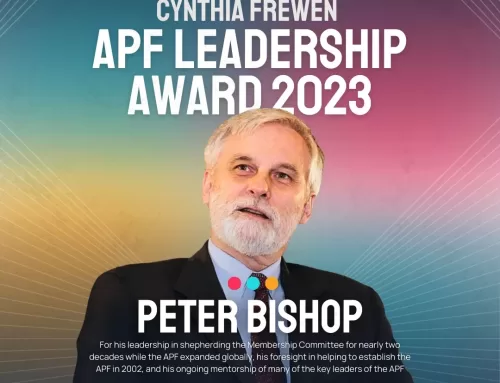 The last month has seen a mix of mentions about organizational futurists and keynoters. Mentions are increasing and we are seeing more quality hits on professional futurists compared to what we call “accidental” futurists (those who are assigned the title by others [media or marketers] or simply pick it up themselves]. And we have not recently found mentions where futurist is listed in “scare quotes.”
The last month has seen a mix of mentions about organizational futurists and keynoters. Mentions are increasing and we are seeing more quality hits on professional futurists compared to what we call “accidental” futurists (those who are assigned the title by others [media or marketers] or simply pick it up themselves]. And we have not recently found mentions where futurist is listed in “scare quotes.”
Topic include financial information on the idea of planning to be alive at 100. Alas, we still see the ever-present “P” word (prediction) but this time its used to grab attention to the current state of Foresight in “how to predict the future.” From the pulse of foresight we go to the future of Iowa’s farms and are introduced to the idea of farm drones ). Says futurist Thomas Frey: “The person operating the farm will be more like the conductor of an orchestra with all the machines and equipment taking directions from the farmer.” He projects that rural ares set to benefit from technology such as goods delivered by Drones.
Other November topics included, “AI generations” and jobs in the future for young people moving into the workforce, a disruption in the jobs that sit in front of the computer is coming, and a peek at 2036 and what we can possibly expect. There is a great piece in Scientific American: “What Can Futurists Teach Us About Imagination?” It explores question such as: Are there psychological and social benefits to imagining the world, and our lives, decades in advance? And if so, what does it take to become good at imagining the far future? How do you evaluate skill, success and impact? What obstacles might prevent someone from being able, or willing, to practice far-future thinking – and how can we help people overcome them?” — Waylon Edens

